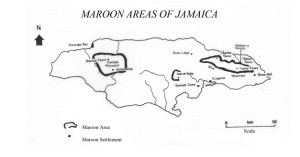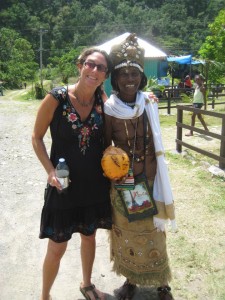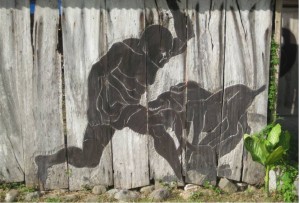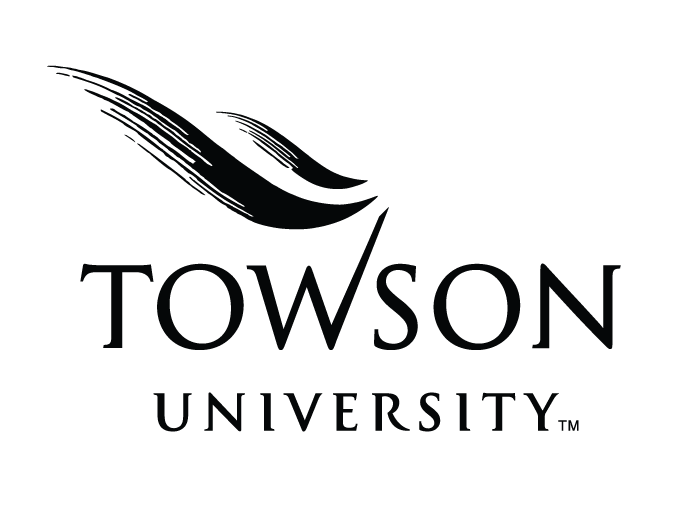Tucked back from the jewel-toned coastline, the Maroons of Charles Town, Jamaica, live a 500-year-old history as descendants of escaped slaves. Towson University English professor Fran Botkin recently returned from the annual conference she helped create there to unify Maroons around the world and let others in the academic world learn from them.
“This year was actually monumental,” says Botkin. “[We] had a vision we were working toward: that there would be more engagement between Jamaicans and Maroons. And it happened.”
With financial support from a faculty development research grant, the College of Liberal Arts and the English department, Botkin has been working with University of Colorado at Boulder professor Paul Youngquist and Maroon Colonel Frank Lumsden to bring together delegations from all over the world and learn about each other’s shared and distinct cultural traditions. This year saw groups from England, Australia, France, Suriname, Canada, Brazil and Papua, New Guinea.
At this conference, students and instructors from a Jamaican visual arts university traveled for three hours on rough roads to choreograph a collaborative performance with their Maroon counterparts for the conference. The performance was open to others from Kingston, providing a unique opportunity to glimpse a life and culture very few people outside the Maroon community ever get to see.
“There were hundreds of people and this really great energy, and a spirit of collaboration and engagement on a local, national and international level that we all wanted,” Botkin says.
The Maroons began as tribes of escaped slaves, hailing from all parts of the world and left stranded in strange lands, trying to survive. They banded together and formed towns in inaccessible areas—like the rugged terrain of inland Jamaica. Then, on that island and in other countries around the world, they fought to stay on the land and stay free, forming new cultures as mixtures of the cultural backgrounds from which they all came.
Botkin’s partnership with Col. Lumsden came from her research trip to Jamaica on a Fulbright scholarship several years ago, to study the oral histories of a particular historical Maroon named Three-Fingered Jack for a book she’s writing. She met Col. Lumsden on that trip, and their partnership now gives her access to valuable stories from the Maroons. She passes that value on to her students.
“Through stories, through pictures, through novels, through the way that I’ve changed as a scholar and a person by doing this conference, it matters to go somewhere and to talk to people,” Botkin explains. “The elders are the keepers of knowledge. You go to their huts and you ask them what they know, and it’s a different kind of knowledge that enriches my own traditional historiography, and I can convey that to my students.”
Because of concerns from the Jamaican and Surinamese delegation, this year’s conference focused on land laws. Centuries-old treaties with national governments make the Maroons subjects despite their self-governed communities. That means that if the governments decide they want the land back – or if they want to use the land for something, like mining – the Maroons would be displaced.
For next year, Botkin harbors new dreams. “I have two wishes: one is that there would be more interaction between the academics and the people of Charles Town. The other is that my role in this be taken over by somebody who’s Maroon or Jamaican. This project feels like it needs to be handed over to its rightful people.”
See more of Dr. Botkin’s photos from the conference in Charles Town, Jamaica here.
Related:
- An interview with Colonel Frank Lumsden and Dr. Frances Botkin (Abeng Central)
- Voices of the Maroons: Interviews by Frances R. Botkin (Sargasso, 2010 – 2011)



